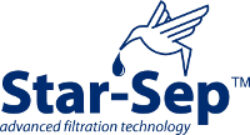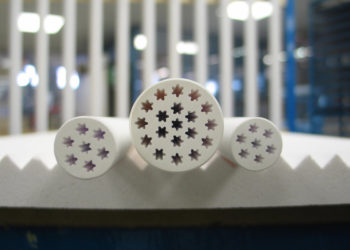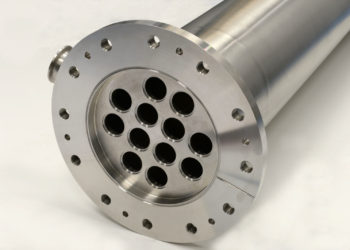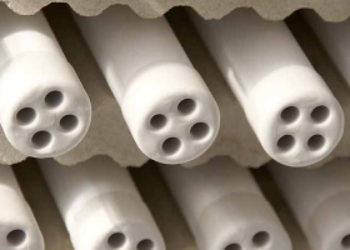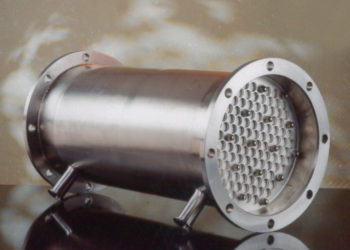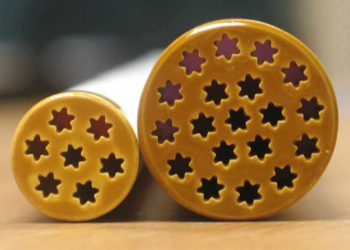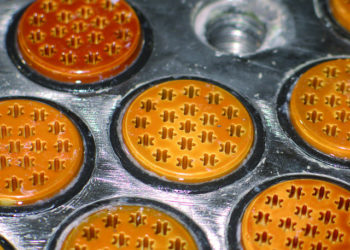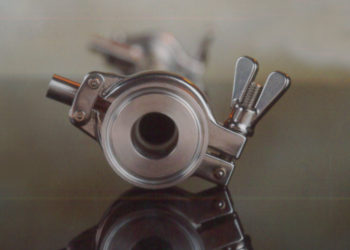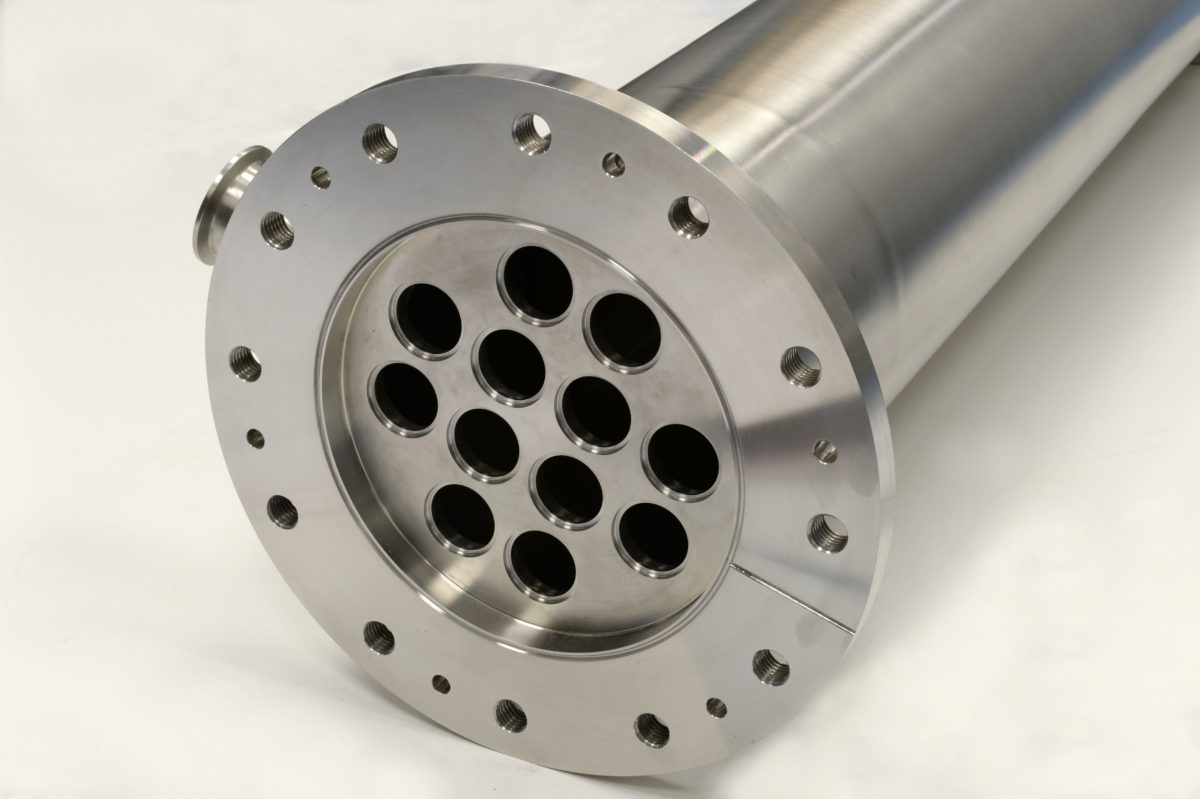Ceramic membranes are operated in the crossflow filtration mode, a continuous process in which the feed stream flows parallel (tangential) to the membrane filtration surface and generates the two outgoing streams. This mode has the benefit of maintaining a high filtration rate for membrane filters compared with the direct flow filtration mode of conventional filters.
Energy Efficient Crossflow Filtration
The Star-Sep™ Membrane filter has been specifically developed for efficient crossflow microfiltration. The filter channel’s unique ‘star’ form increases the filtration area and induces turbulence at lower crossflow velocities. Not only does this lower the volume compared with a circular channel of the same diameter, but also results in a reduction of the pumping energy requirement. The cost effectiveness of the process is therefore substantially improved.
The Principle of Crossflow Filtration
The principle of crossflow filtration can be seen from the diagram below.

The product to be filtered is passed over a porous surface. As a result of a differential pressure, some of the liquid passes through the membrane and is collected as permeate (or filtrate). The remainder of the liquid flows through the channels of the element, back into the retentate tank and is recycled through the system. Mantec offers a range of crossflow microfiltration elements and housings as described herein.
In this section:
